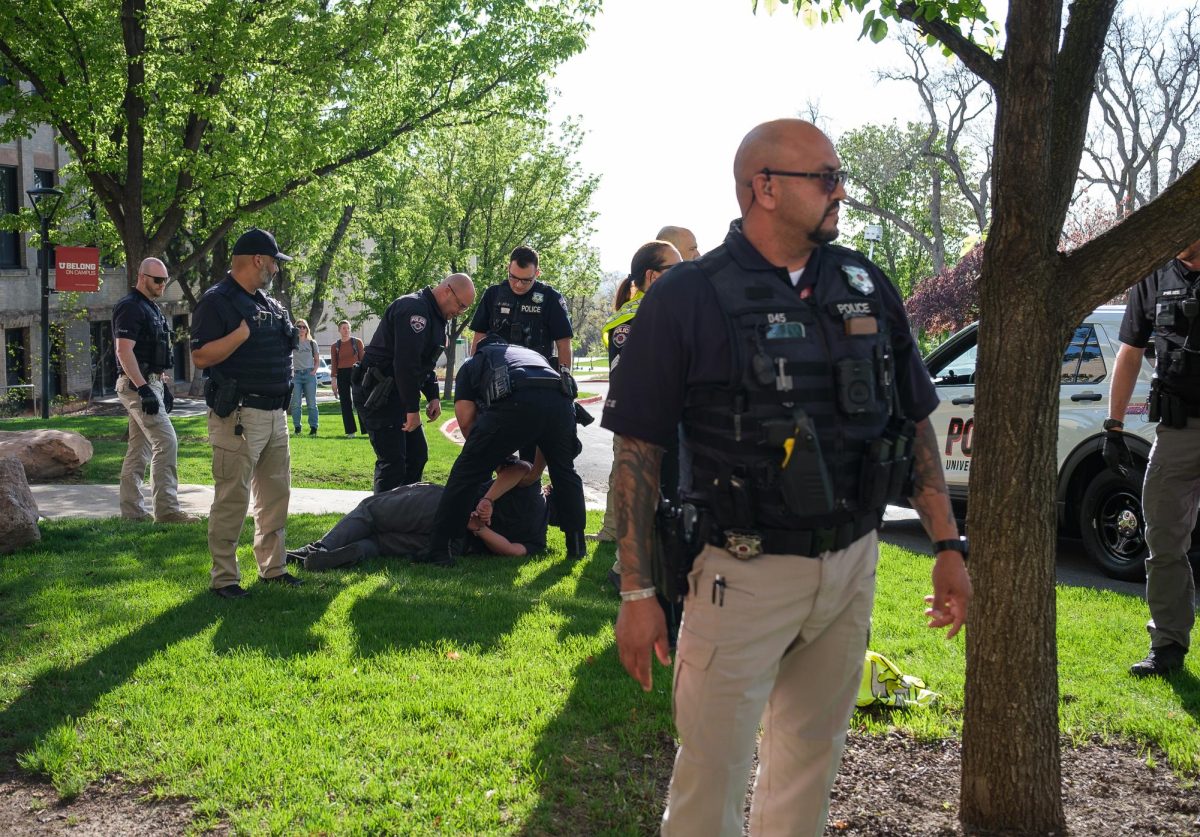A new discovery about how plants grow may help future worldwide food production.
U researchers have discovered a gene that might tell plants when to stop growing when faced with drought, compacted soil or other poor growing conditions.
Leslie Sieburth, an associate professor in biology, wanted to learn more about the vein patterns in leaves. She began to make mutants of the plant Arabidopsis, commonly known as thale cress, to study these patterns and to understand how the loss of various genes affected the leaves.
She and Jaimie Van Norman, a biology graduate student, discovered that when a gene they named BYPASS1 was mutated, the leaves and the roots exhibited growth defects. They experimented with the plants, and they found that mutant leaves grew normally when the mutant root was removed.
“We began to call it the ‘bad root’ theory,” Sieburth said.
To test this hypothesis, Van Norman grafted the mutant root to a normal plant and found that the leaves stopped growing. This was a significant find because it indicated that a signal from the root could influence growth above ground.
When the “bad root” was removed from the mutant plant, the leaves started to grow in 24 hours, Van Norman said.
“And those are only the changes we could see,” she said.
This discovery could be important in agriculture as future population growth will require larger crop yields. If the chemical signals can be manipulated in a certain way, then plants could flourish even if growing conditions weren’t perfect, Van Norman said.
However, such manipulation is a long way off, as the chemical pathway the two discovered was previously unknown.
“It’s amazing that two cells next to each other can send signals to each other, but the long-distance signaling occurring from roots to leaves amazes me,” Sieburth said.
That distance varies depending on the species, but it ranges from the plant sizes of daffodils to sequoias.
“This signaling occurs in all higher plants, so this can show us how all plants grow and respond,” Van Norman said.
This signaling is essential because plants must rapidly respond to their environments in order to survive, she said.
“Animals can leave the area if conditions are unfavorable, but plants obviously have to stay there and make the best of it,” Van Norman said.
The two scientists aren’t sure of what chemical is passing along the message, but they think it’s a carotenoid derivative. Carotenoids include the pigments found in plants, such as beta-carotene, which is found in carrots, and lycopene, which is found in tomatoes.
The two are currently working on pinpointing which chemical is causing the change.
“It might be a whole new plant hormone,” Sieburth said.











